Is Bread Real Food?
Is Bread Real Food? I don’t want to become repetitive with my enquiries into food that is made from several ingredients (see other blogs on sausages and chocolate), but if you have read any of my articles posing this question before, you will begin to appreciate that there is usually a ‘yes’ and ‘no’ answer. Yes, if the ingredients are in themselves real foods and ‘no’ usually if there is something of the chemistry set about its creation which is often unnaturally fast or on an industrial scale. It is no wonder we have industrial long-lasting bread given its importance in feeding the Nation during and after the war years. The challenges of baking fresh bread through rationing and blackouts lead to food technologists of the time finding ways to speed up the process using available ingredients. Nowadays in the UK, 11 million loaf products are sold each day worth nearly £4billion (Federation of Bakers). 80% of that is produced industrially and as it is consumed by many for most meals every day of the year, that makes sense. It is a cheap filling food and the commercial world has responded to deliver up what the market demands. But at what cost to health?
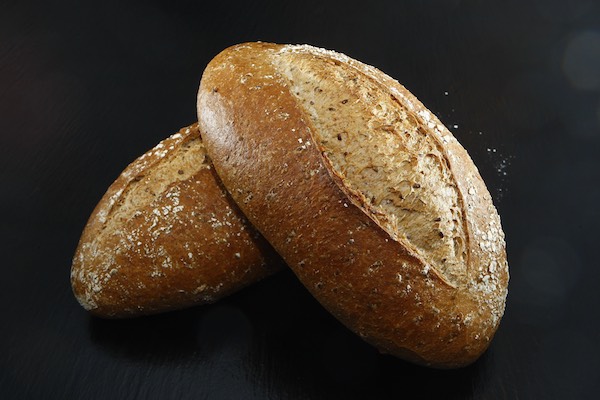
Bread can be made simply from flour, water and salt and this will make a flat campfire-type bread, principally enjoyed as a means on which to serve something more tasty – like strawberry jam or hummus. Yum! The addition of yeast or a fermented starter brings life and bubbles thus helping the dough rise into a lighter more spongey crumb and the bread being enjoyed for its own flavour. So far, we are still talking about real bread. However, once we include additives that are artificial or ultra-processed, as far as we are concerned, this then becomes a ‘loaf product’ rather than real bread.
Check out the food labels on your next supermarket wrapped loaf. You might see some or all of the following: rapeseed oil, palm oil, vinegar, calcium propionate (preservative), soya flour (used to strengthen the dough), flour treatment agent, E481, E472e, E471, E482, E322 (emulsifiers), caramelised sugar (helps bring colour to the crust). Many of these help keep the bread fresher for longer. Unlike a home-made loaf that will go hard after a day or two, or mouldy after a few more, the commercial loaf is suspiciously unchanged after a fortnight. There are other ingredients such as enzymes, that are added into the mixture but do not need to be listed on the food label because they are regarded as processing aids rather than ingredients.
You might just counter “Ah, but this bread is also fortified with vitamins and minerals” and the cynic in me would suggest that it is so the money-people can convince you that bread is good for you and you should eat it frequently therefore buy lots regularly. It also facilitates marketing strap lines such as ‘healthy inside’, ‘super wholegrain’, ‘great white’. You might even find promotional material pointing out the low-fat nature of bread and possibly even low sugar which is important for healthy teeth and maintaining a healthy weight. That is like advertising beef on the grounds of it being dairy-free…. Can you tell I am making a low growling noise as I type this?
Artisanal bread and home-made baking are super trendy and many of us have had a go at baking our first loaves during lock-down. Sourdough has been a particular favourite and perhaps this is because so many of us feel over-full or bloated after eating bread. Rather than giving it up entirely, experiments with sourdough have blossomed whilst we have had the time and patience to nurture our fledgling fermented flour pastes during the pandemic. The long slow process of fermentation that is involved in making sourdough increases the bioavailability of the micronutrients of the flour and improves the digestibility of the gluten, which is why some people who have digestive issues with normal bread, find sourdough more compatible.
Gluten-free has become so normal that most supermarkets stock a variety of industrially produced gluten-free loaf products from tiger to pitta. However, most nutritionists will caution that these loaf products are not necessarily a health-positive choice, packed as they are with artificial rising agents, gums and stablisers, not to mention the chemicals added to speed up the process and preserve them for long enough to warrant being put on the shelves in the first place.
In many industrial loaf products, especially brown ones with fat-containing seeds or a quantity of other non-gluten containing ingredients, extra gluten will have been added to make sure the structure of the bread can hold up these other ingredients. Gluten also helps with elasticity, improving the texture of bread, cake and biscuits. Although the popular notion that our modern wheat has been fiddled with so much over the centuries that it is very different to ancient grains and that is why so many suffer digestive issues when eating it, not everyone agrees. Many point to the modern process instead, incredibly fast rising times are achieved with fast-acting yeasts and additives and it might be these that are producing digestive intolerance. It could be the extra gluten added to industrially produced loaves (wheat gluten will be listed on the ingredients label in addition to wheat flour). Likely these are also compounded by traces of agro-chemicals in the flour from non-organic production.
An artisanal baker will confirm that it is possible to make a gluten-free bread using flours from naturally gluten-free ingredients such as rice, buck-wheat, millet, quinoa, sorghum and potato starch without those additives. The trick is understanding the process, choosing the right combination of flours and using the right techniques to bring out the qualities you are looking for in your bread.
The variety of grain used, how it was milled and how it was grown have a significant effect on taste, colour, rise of the loaf not just the digestion and nutrition of those that eat it. Varieties include the heirloom wheats such as Einkorn, Farro, Spelt and Kamut, rich in micronutrients naturally. However, most commonly we eat bread from modern varieties of wheat flour, be it refined so that it is white or left wholemeal, in which case the bread will be brown. Modern wheat is generally accepted to be less nutritious than ancient grains, hence the enrichment of added vitamins and minerals. This is compounded by agri-business wheat production necessary to keep the price of grain and thus bread, low. Nutritionists will recommend brown bread because it contains more fibre than white and because the bran, the outer layer, contains more nutrition. Brown bread also tastes nuttier and the crumb is denser.
Nutritionists and bakers come together to recommend stone-ground over roller-milled flour. In roller-milled flour, the grain is broken down into its constituent parts and these are recombined later to make the flour required (brown or white). The flour particles are much smaller in roller-milled flour meaning the carbohydrates in a loaf will breakdown through digestion more quickly. This increases its glycaemic load and the resultant peak and trough of blood sugar level is not healthy. If blood sugar control is an issue for you, a loaf made with brown stone-ground flour would be the best choice. Stone-ground flour contains more enzymes and they accelerate fermentation, increasing by-products that leven and flavour the bread and resulting in a more flavoursome buttery loaf.
To bring all this together then, we can choose to eat real bread or loaf-products. Real bread can be significantly more expensive but also much more nutritious. Consider eating bread from a wide variety of different grains that are minimally processed. Experiment with naturally gluten-free flours and sourdough loaves. It is even possible to incorporate bread-making into a home-schooling science lesson, a playful family activity or even a mindful stress-busting self-care routine. And if you are feeling especially naughty, you could adopt Nigella’s double butter toast now and again too!
Happy Real Bread Week!
https://www.fob.uk.com/about-the-bread-industry/ (accessed 18.02.21)
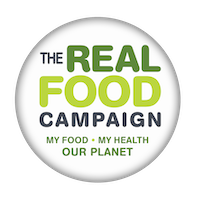
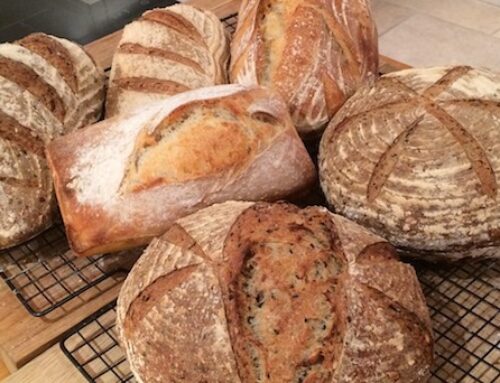
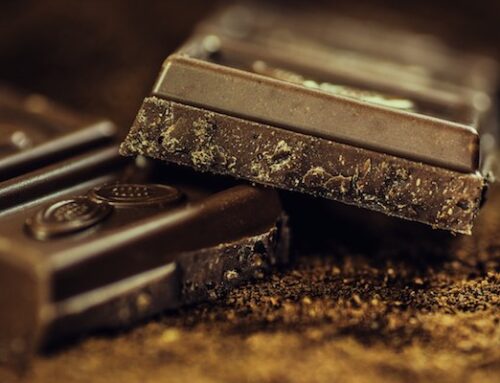
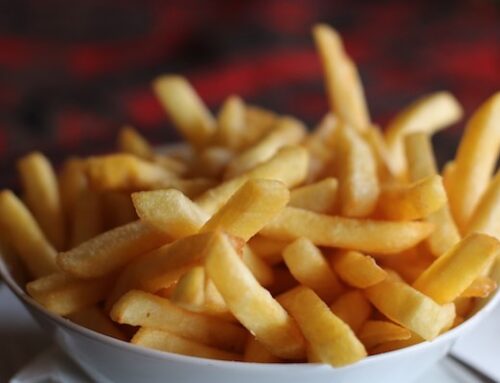
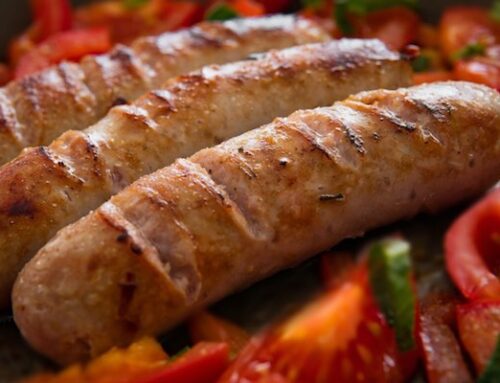
Leave A Comment